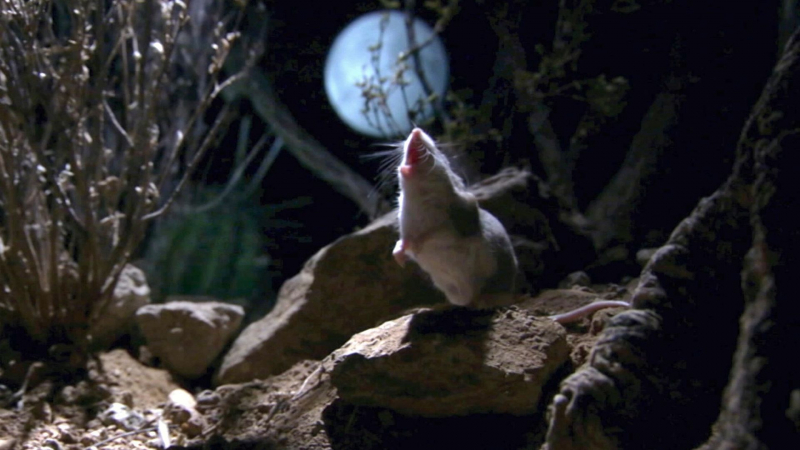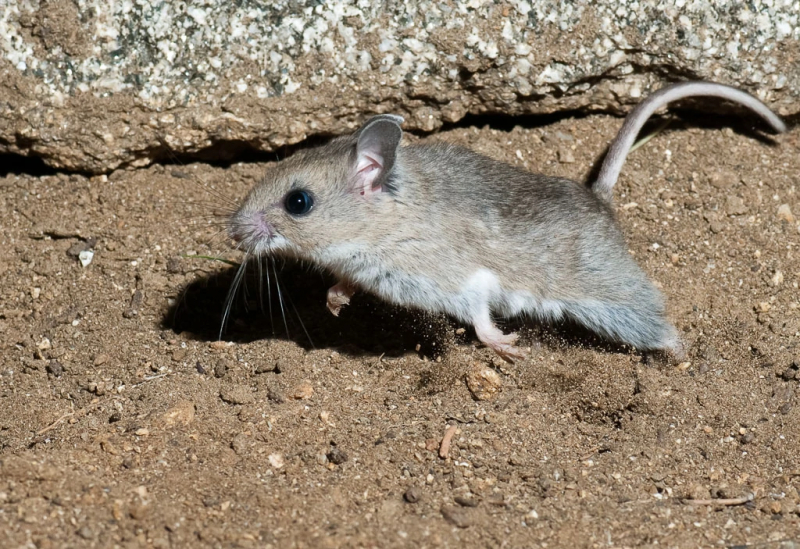Southern grasshopper mice
The southern grasshopper mouse, sometimes known as the scorpion mouse, is a predatory rodent species that is indigenous to Mexico and the American states of Arizona, California, Nevada, New Mexico, and Utah. It regularly preys on the extremely poisonous Arizona bark scorpion despite being noted for its venom tolerance.
Southern grasshopper mice are found in dry, scorching valleys and scrub deserts as their native environment. In comparison to males and females alone, a male and female and their progeny occupy a greater home range for burrowing. This scorpion predator is particularly intriguing because of the special defense mechanism it has developed to cope with scorpion stings. The little mouse's body has a protein that can interact with venom to block the transmission of pain signals to the brain. This enables the mice to endure discomfort when battling scorpions. The combination of the protein and venom aids the mouse in fending off different types of pain in addition to acting as a pain-blocking mechanism. Scorpions practically have no chance against the mouse since they cannot feel pain.
Southern grasshopper mice have no known conservation difficulties, partly because of their widespread range and tolerance for arthropod-caused disruptions. Their low-density populations have seen some upheavals, nevertheless. To learn more about this species' conservation status, several further population studies must be conducted.














